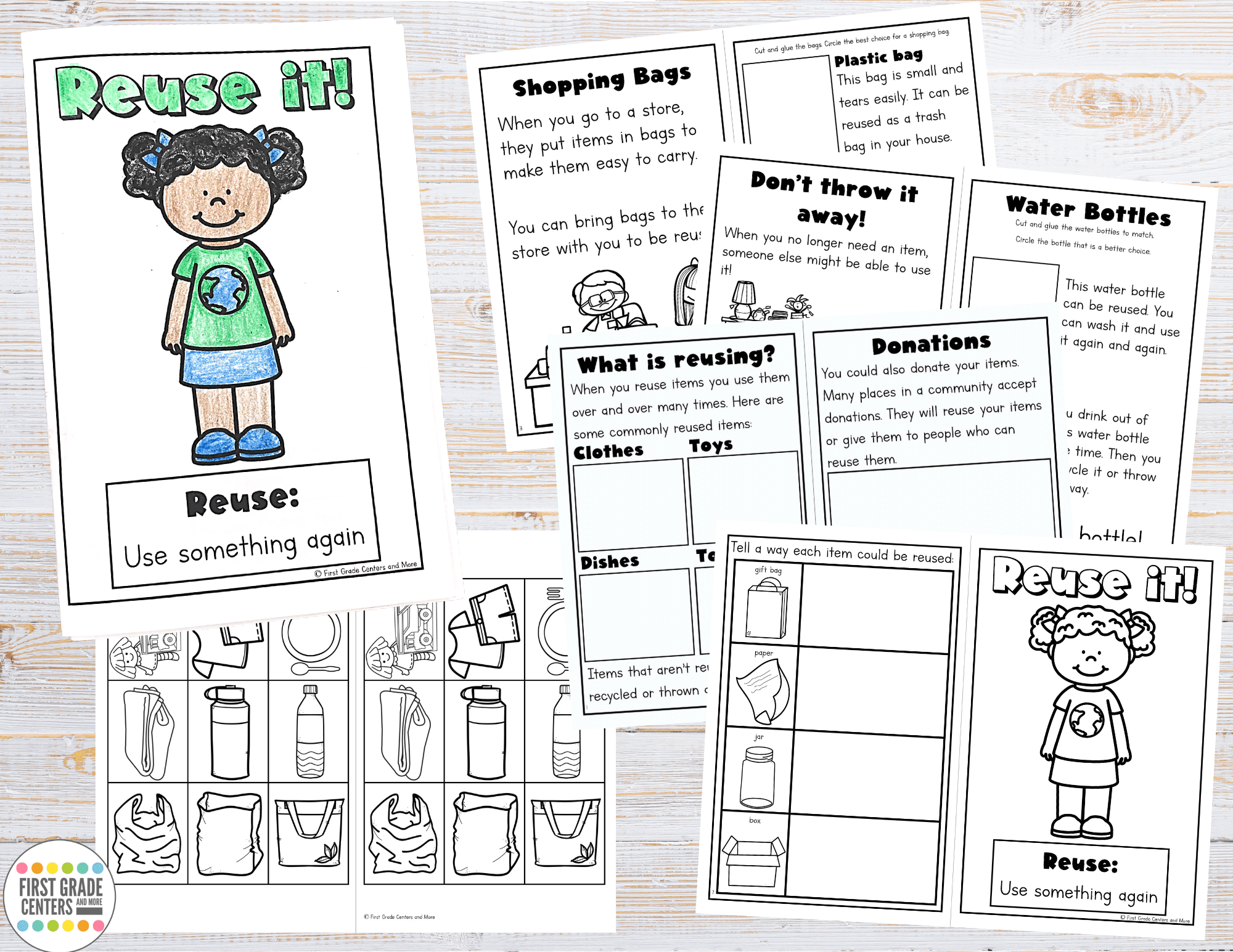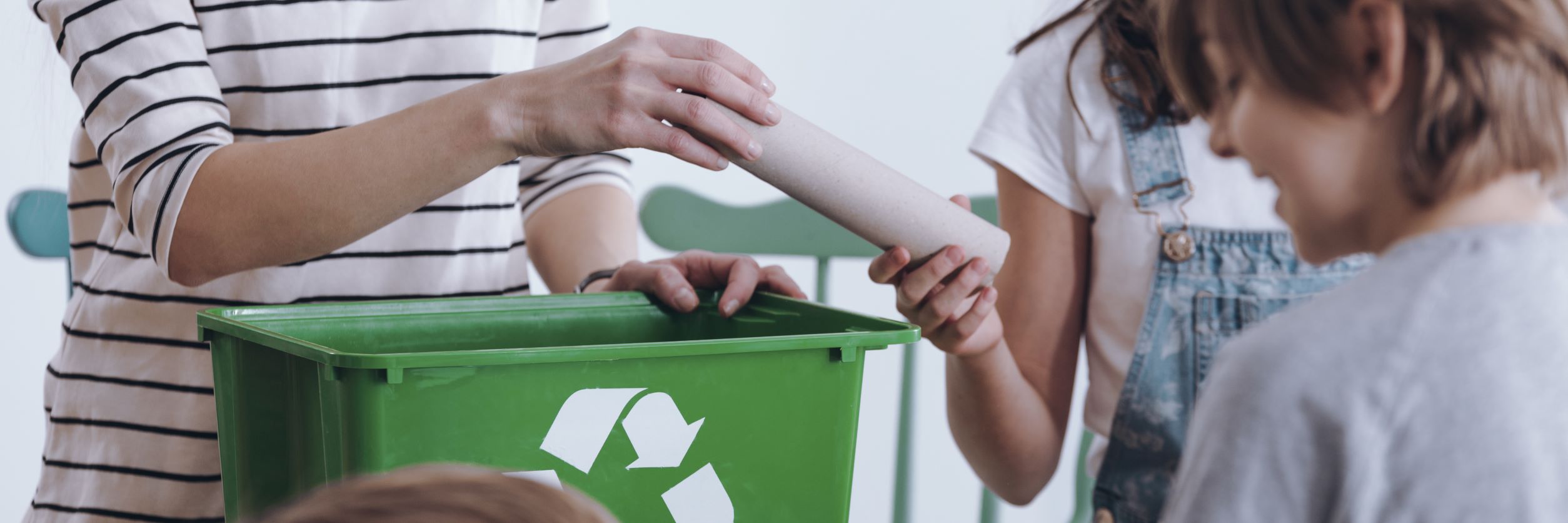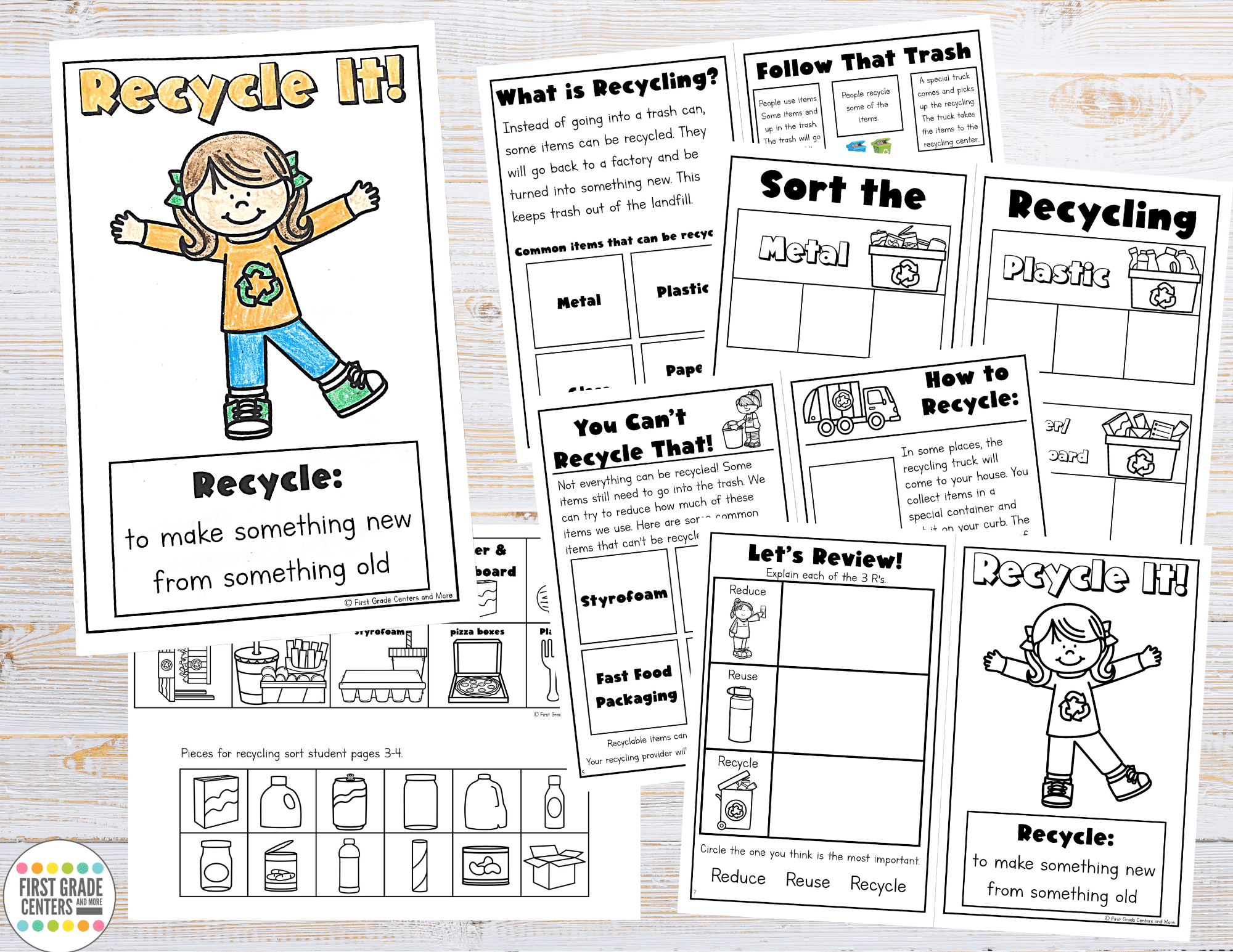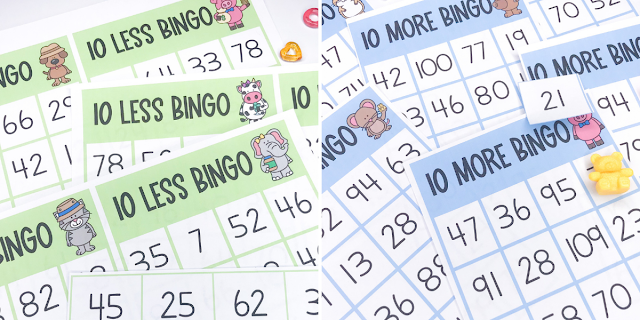Today, I am sharing some hands-on activities to teach making ten. These activities are perfect for your small groups and interventions. Once the activities have been introduced and practiced, they easily transfer to a learning center.
Ways to Make 10 Games
Ten Frame Activities:
Shake it up is a super fun activity for practicing number combinations that equal ten. Students put ten 2-sided counters into a small cup, shake it up, and dump them out. They record the counters on a ten frame and write a matching addition sentence.
Kids love playing spinner games! In this game, students spin a number and build it with one type of counter. Then, they add different counters for the second number that equals ten. Last, they record the matching addition sentence.
Using Cubes to Make Ten:
Start with ten frames that already have one number represented. Students add cubes to fill the rest of the frame to make ten. Then use magnetic letters or letter tiles to show the two numbers that make ten.
Tens Staircase is a great activity for showing students ALL the combinations of ten in a systematic way. Students start with 20 cubes- 10 of two different colors. They begin with all cubes of one color, then slowly begin changing one cube at a time.
They record the cubes as they go, so they can see the visual pattern in the cubes and numbers. This is a really cool activity if you have enough cubes to physically layout the number staircase.
Card Games and Dominoes:
Card games are another great way to practice ways to make ten. You can play games like Go Fish and Memory where students find the number combinations to ten. A deck of playing cards works great, just remove the face cards and the ace makes 1.
Use a set of dominoes to practice! Instead of matching identical numbers, students match numbers that make ten. You will need dominoes that go up to 9 to play this game. This is a great game to play in a group, with a partner, or even on their own. Add in a simple recording sheet to increase the accountability.
Dice Activities for Making 10:
Somehow, dice make everything more fun! If possible, use a die with ten sides so that students can build all the different number combinations to ten. For students who need more support, the dice with dots are a great place to start. For students working on fluency, dice with numerals are great!
Work on Fluency:
Once students have a concrete understanding of ways to make ten, then it is time to build their fluency! In this partner game, students find a ten pair and color it. They try to be the first person to get 5 in a row.
You can grab a free set of this game below!
Some students learn best through hands-on projects! This activity is great to add to an interactive notebook. Students can revisit the craft and quiz themselves on the ways to make 10.
Learn more about these activities for Making 10:
Need more hands-on math ideas for first grade? Check out this post about teaching the Commutative Property of Addition.


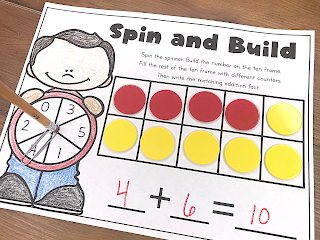


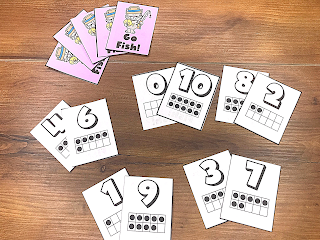

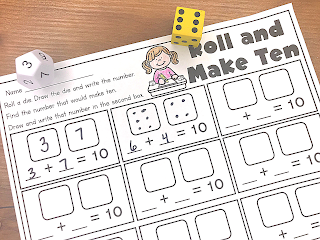



.png)


.png)






.png)



